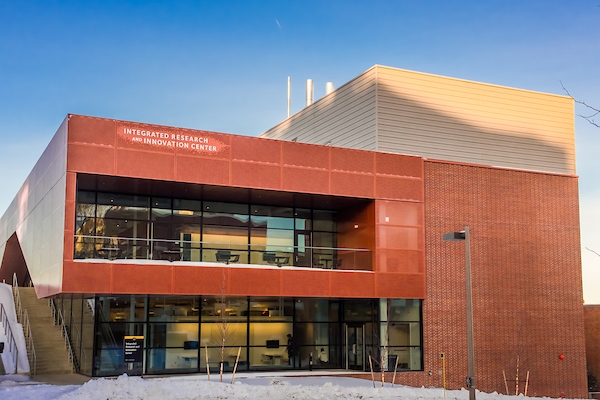Bioinformatic Analysis of Immune-Cell-Derived, Regeneration-Specific Transcripts in Zebrafish
Project Team: Diana Mitchell (PI), Ousseini Isaaka Start Date: August 1, 2018 For the 19 genes without significant similarity to genes in humans, the following analyses will be performed in order to identify their putative functions: identify conserved proteins or protein domains predict protein localization search for functional domains predict cellular and functional pathways synteny…







